PHASE OF VENUS
Venus will reach inferior conjuction on march 27, this year however the minimal elongation from Sun is 8.2░, that is to say, we will be able to observe it every day. with no interruption. This is possible because the orbits of Venus and Earth are slanted with respect to each others, so that, when Venus is between Earth and Sun, ordinarily it passes above or below, depending on whether it is north or south of the terrestrial orbital plane. In this case we will be able to witness a phase stepover: the rotation of the illuminated limb during inferior conjuction and the transition from waning crescent to waxing crescent. Perigee will be reached at 12.12 U.T. at 0,281 U.A., inferior conjunction at 19.24, and the maximum phase angle (168,7░) at 2.10 of 28 March; dimmest luminosity (mag. -4) will be achieved at 6.45 of 28 March. The phase stepover is a very interesting event. Currently bright Venus, at twilight, has the crescent towards the sun, that is west. Starting March 28 Venus will be visible in the morning and the crescent will be towards the east. However, thanks to the relatively high elongation, during the days of inferior conjunction we'll see the "new Venus", a phenomenon that consists with the cusps of the crescent stretching out on the shadowed part of the disc, forming a thin bright arc; if we're lucky, we may see a thin ring of light surrounding all of the planet, because the cusps may extend till they touch each other. The brightness of the phenomenon is difficult to forecast, as it depends on the local thickness of the Venusian clouds, on optical effects correlated to light refraction in the higher layers of Venus atmosphere, and to the reflectance of the Venusian clouds. On 27 and 28 March Venus will have an apparent diameter of 60" and will set a few minutes after the Sun; thus I advise to use our star as a reference for pointing the telescope. Of course it is imperative to use all necessary measures to prevent eyesight damage, as both the Sun and Venus will be in the field of view of a standard finderscope. Enjoy your observations
 16 march 2009 h 18.10
16 march 2009 h 18.10
 16 march 2009 h 18.10
16 march 2009 h 18.10
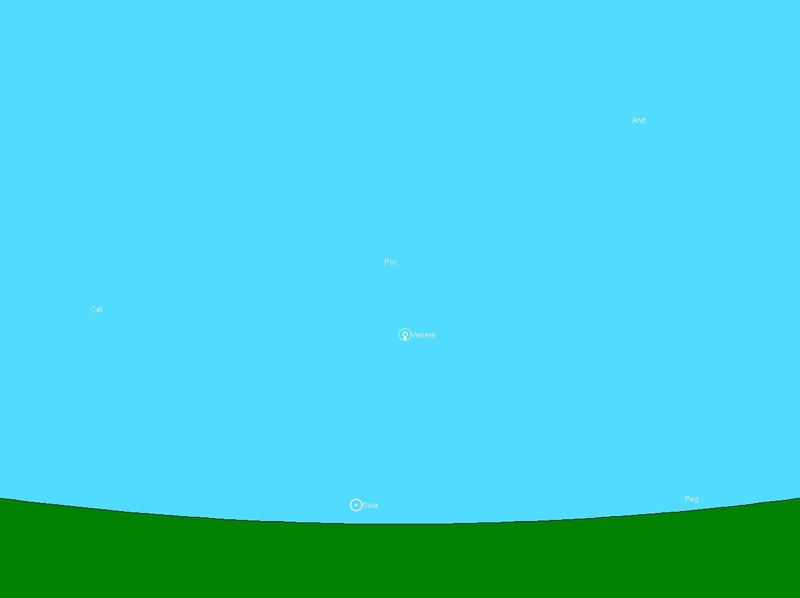 19 march 2009 h 18.10
19 march 2009 h 18.10
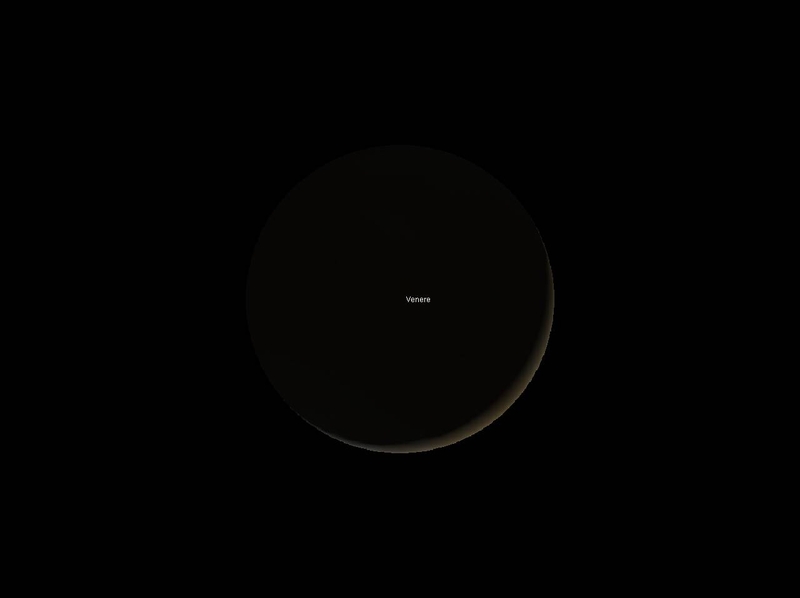 19 march 2009 h 18.10
19 march 2009 h 18.10
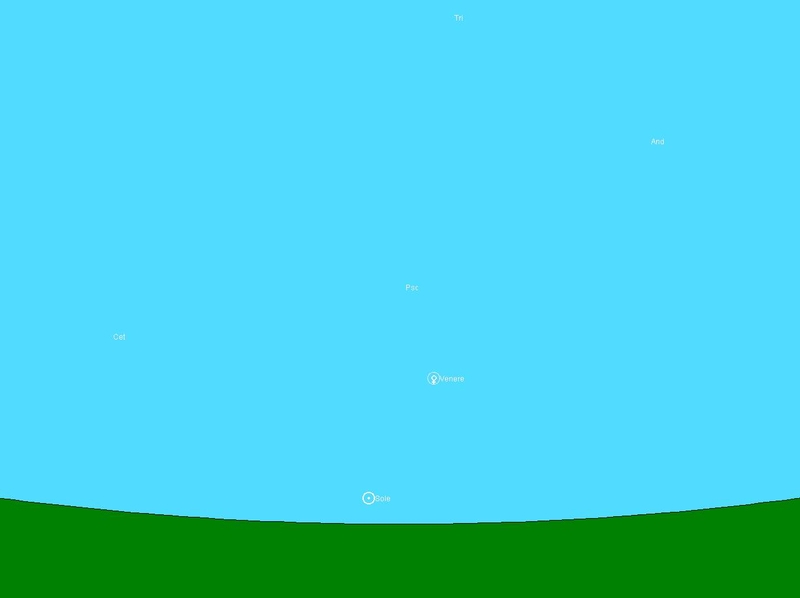 22 march 2009 h 18.10
22 march 2009 h 18.10
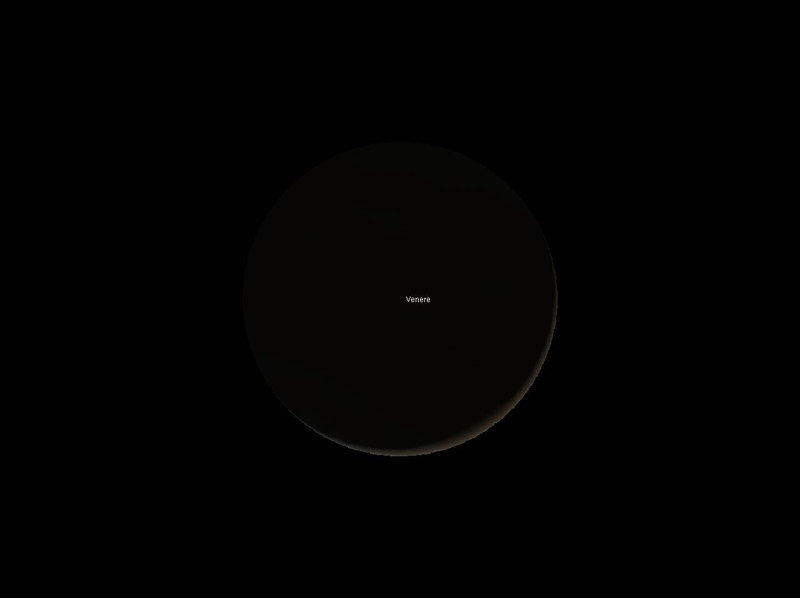 22 march 2009 h 18.10
22 march 2009 h 18.10
 25 march 2009 h 18.10
25 march 2009 h 18.10
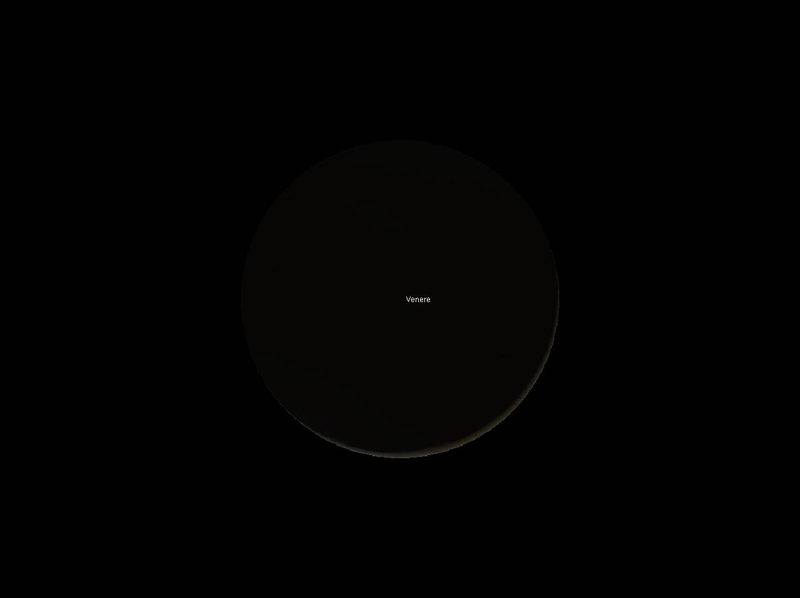 25 march 2009 h 18.10
25 march 2009 h 18.10
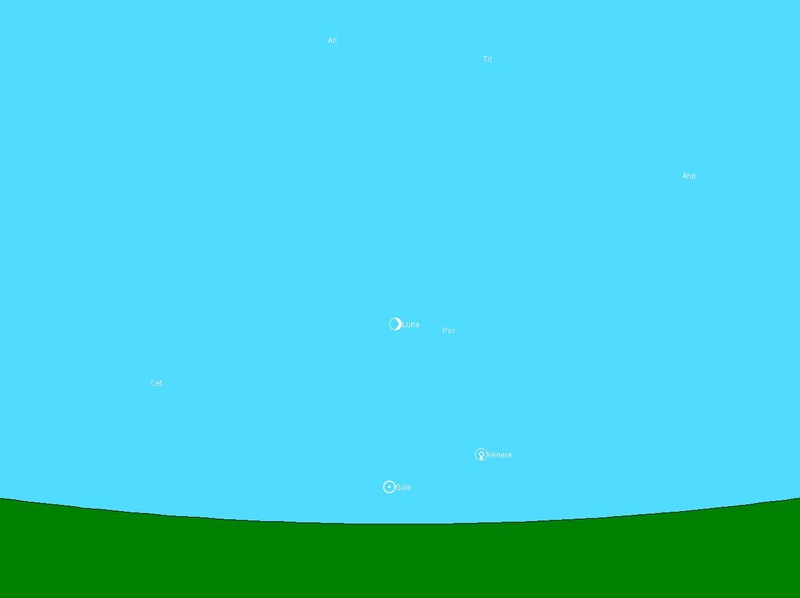 27 march 2009 h 18.10
27 march 2009 h 18.10
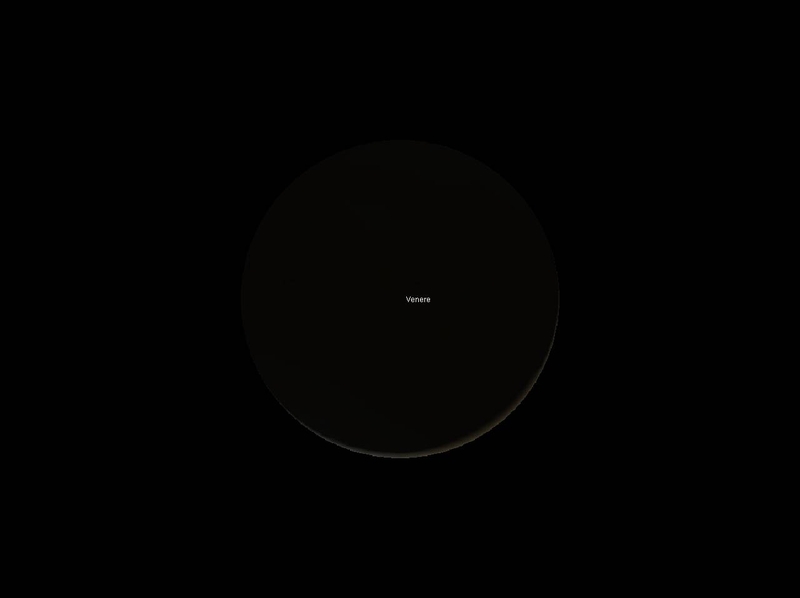 27 march 2009 h 18.10
27 march 2009 h 18.10
 28 march 2009 h 18.10
28 march 2009 h 18.10
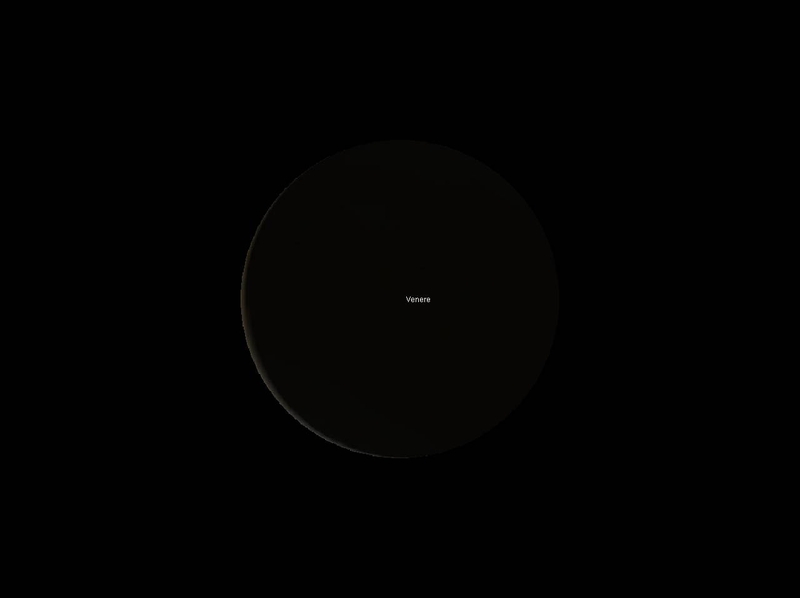 28 march 2009 h 18.10
28 march 2009 h 18.10